Bajaj Pulsar 150 vs TVS Apache RTR 160 – 2025 Detailed Comparison
.webp)
27 Jun 2025
Written by: BikeCarHub Editorial Team
Published on: 24th June 2025
Introduction
When it comes to the 150-160cc bike segment in India, Bajaj Pulsar 150 and TVS Apache RTR 160 have been top contenders for years. Both motorcycles offer an exciting blend of performance, comfort, and affordability, making them excellent choices for daily riders, college students, and young enthusiasts.
In this detailed comparison by BikeCarHub, we will break down every important aspect like design, performance, mileage, features, pricing, and more to help you decide which bike suits you best in 2025.
Design and Styling
Both the Bajaj Pulsar 150 and TVS Apache RTR 160 have their unique identities that attract different types of riders.
Bajaj Pulsar 150
The Pulsar 150 carries its signature muscular and aggressive design that still feels relevant in 2025. Its sharp tank extensions, sporty decals, and muscular stance give it a bold street presence. It comes with a semi-digital instrument cluster that offers decent functionality but feels slightly dated compared to modern setups.
TVS Apache RTR 160
The Apache RTR 160 looks sportier and more race-ready with its aerodynamic tank, edgy graphics, and beast-inspired headlamp design. The Apache feels more aggressive in terms of styling and posture, which attracts the younger generation looking for a sporty commuter.
BikeCarHub Verdict: If you prefer a muscular, simple design -- Pulsar is for you. But if you want something sharper and sportier, the Apache RTR 160 will grab your attention.
Engine and Performance
Bajaj Pulsar 150

- Engine: 149.50 cc, 4-Stroke, 2-Valve, Twin Spark BSVI Compliant DTS-I FI Engine
- Power: 10.3 kW 14 PS@8500 rpm
- Torque: 13.25 Nm@6500 rpm
- Transmission: 5-speed manual
The Pulsar 150 offers linear power delivery which makes it perfect for city commuting. Its engine is refined and offers good mid-range punch, making it a smooth daily rider.
TVS Apache RTR 160
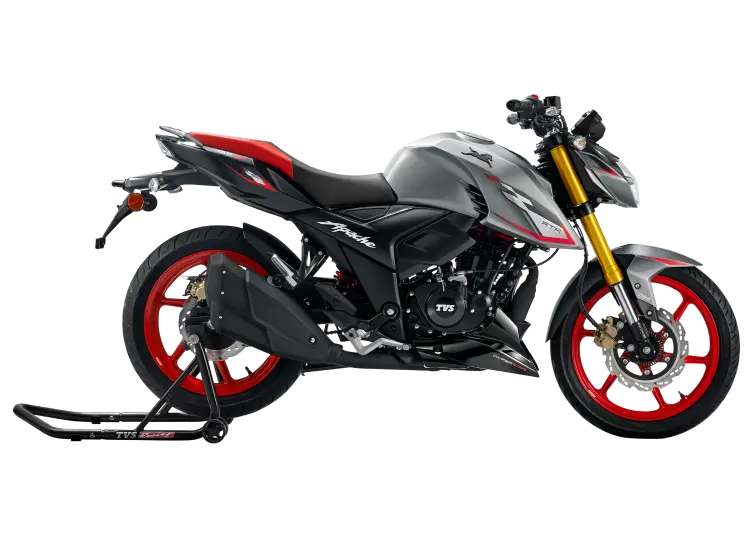
- Engine: 159.7cc, SI, 4 stroke, Air cooled, SOHC, Fuel Injection
- Power: Sport : 11.8 kW 16.04 PS@8750 rpm, Urban/ Rain : 9.8 kW 13.32 PS@8000 rpm
- Torque: Sport : 13.85 Nm@7000 rpm, Urban/ Rain : 12.7 Nm@6500 rpm
- Transmission: 5-speed manual
The Apache RTR 160, on the other hand, is noticeably quicker. It offers a peppy throttle response, making it exciting for quick overtakes and spirited rides. The refined engine and race-inspired performance give Apache an edge in terms of excitement.
BikeCarHub Verdict: Pulsar 150 is the calmer, smoother ride, while Apache RTR 160 brings a bit more thrill to the table.
Specifications & Features Comparison Table
| Specification | Bajaj Pulsar 150 | TVS Apache RTR 160 |
|---|---|---|
| Engine | 149.50 cc, 4-Stroke, 2-Valve, Twin Spark BSVI Compliant DTS-I FI Engine | 159.7cc, SI, 4 stroke, Air cooled, SOHC, Fuel Injection |
| Power | 10.3 kW 14 PS@8500 rpm | 11.8 kW 16.04 PS@8750 rpm, Urban/ Rain : 9.8 kW 13.32 PS@8000 rpm |
| Torque | 13.25 Nm@6500 rpm | Sport : 13.85 Nm@7000 rpm, Urban/ Rain : 12.7 Nm@6500 rpm |
| Gearbox | 5-speed manual | 5-speed manual |
| Mileage | 47 kmpl | 47 kmpl |
| Kerb Weight | 148 kg | 137 kg |
| Fuel Tank Capacity | 15 litres | 12 litres |
| Braking System | Single-channel ABS | Single-channel ABS |
| Front Suspension | Telescopic forks | Telescopic forks |
| Rear Suspension | Twin shock absorbers | Mono-shock |
| Instrument Cluster | Semi-digital | Fully-digital |
| Available Variants | Single Disc, Twin Disc | Drum, Disc, Rear Disc |
Mileage and Fuel Efficiency
When considering daily commuting, mileage plays a huge role.
- Bajaj Pulsar 150: Delivers a mileage between 45-50 kmpl which is quite impressive for its segment.
- TVS Apache RTR 160: Offers similar mileage between 45-50 kmpl depending on riding conditions.
BikeCarHub Verdict: For those looking for better fuel efficiency, Bajaj Pulsar 150 & TVS Apache RTR 160 gives similar mileage.
Ride Quality and Comfort
Bajaj Pulsar 150
The Pulsar 150 is known for its comfortable upright seating position and soft suspension setup, which makes it perfect for city rides and occasional highway cruising.
TVS Apache RTR 160
The Apache RTR 160 has a slightly forward-leaning stance which feels sportier but can be a little uncomfortable on longer rides. However, its mono-shock suspension provides better handling in corners.
BikeCarHub Verdict: Pulsar 150 is the more comfortable daily commuter, while the Apache is sportier but slightly stiffer.
Features and Technology
Bajaj Pulsar 150 Features:
- Semi-digital instrument cluster
- Halogen headlamps
- Single-channel ABS
- Electric start
- Twin rear shock absorbers
TVS Apache RTR 160 Features:
- Fully-digital instrument cluster
- LED position lamps
- Single-channel ABS
- Race-tuned engine
- Mono-shock suspension
- Better connected, sportier features
BikeCarHub Verdict: Apache RTR 160 wins this round with its modern instrument cluster and sportier feature list.
Braking and Handling
Both bikes offer single-channel ABS, ensuring safe braking.
- The Pulsar 150 provides a balanced, stable ride and is quite forgiving for new riders.
- The Apache RTR 160 is sharper in handling and offers better control at higher speeds, but may feel a bit aggressive to some.
BikeCarHub Verdict: Apache offers better handling; Pulsar offers better ease of control.
Price and Variants
Bajaj Pulsar 150:

- Bajaj Pulsar 150 SD price is starting from Rs. 1,13,696/- (Ex-Showroom)
- Bajaj Pulsar 150 TD price is starting from Rs. 1,17,632/- (Ex-Showroom)
TVS Apache RTR 160:
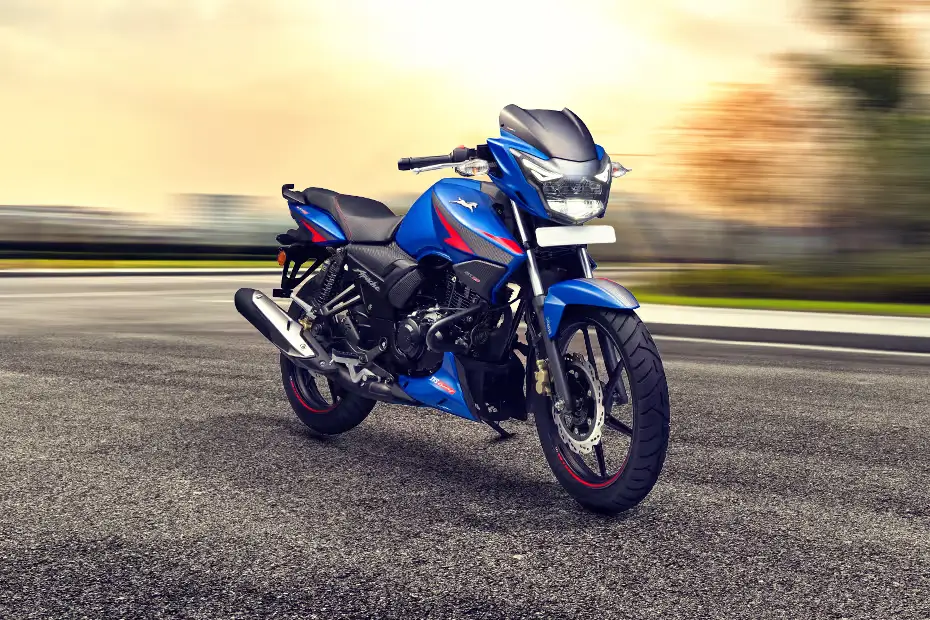
- RM Drum (Black Edition) - ₹1,21,420
- RM Drum - ₹1,22,220
- RM Disc - ₹1,25,720
- RM Disc BT - ₹1,29,020
- Racing Edition - ₹1,30,520
Both bikes offer multiple variants based on braking setup and styling.
BikeCarHub Verdict: Pulsar 150 is slightly more affordable.
Maintenance and After-Sales Service
- Bajaj Pulsar 150: Affordable service costs, widespread service network, easy availability of parts.
- TVS Apache RTR 160: Reasonably priced services, good network but parts can be slightly costlier than Pulsar's.
BikeCarHub Verdict: Both brands offer reliable after-sales, but Bajaj has a slightly wider reach in rural areas.
Pros and Cons
Bajaj Pulsar 150
Pros:
- Better fuel efficiency
- Comfortable for long rides
- Affordable maintenance
Cons:
- Outdated features
- Basic instrument cluster
TVS Apache RTR 160
Pros:
- Better performance and handling
- Modern features and sporty look
- Fully-digital console
Cons:
- Slightly lower mileage
- Less comfortable for long rides
Which One Should You Buy?
If your priority is a comfortable, reliable, and fuel-efficient commuter, the Bajaj Pulsar 150 should be your pick. It's perfect for daily use and offers a great balance of comfort and affordability.
If you are looking for a sportier, more thrilling ride with modern features and better handling, the TVS Apache RTR 160 is the better choice. It's well-suited for those who want excitement along with practical city usability.
BikeCarHub Verdict:
- For comfort and mileage: Bajaj Pulsar 150
- For sporty performance and features: TVS Apache RTR 160
Both the Bajaj Pulsar 150 and TVS Apache RTR 160 are fantastic motorcycles in their category. Your final decision depends on your personal preferences -- whether you prioritize comfort and fuel efficiency or sporty performance and modern features.
BikeCarHub always recommends taking a test ride of both bikes to feel the difference yourself before making a purchase.
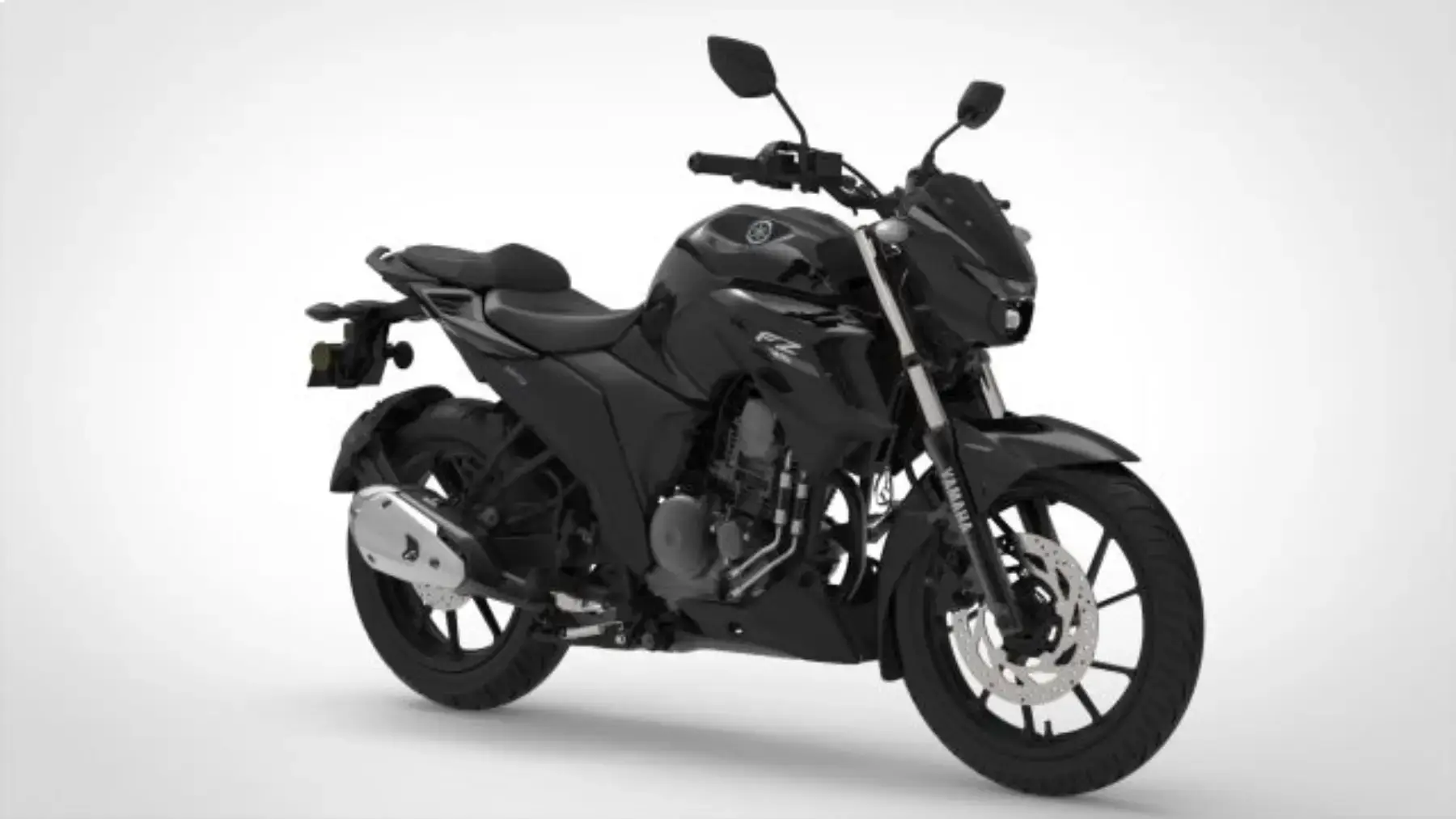
.webp)

.webp)
.webp)
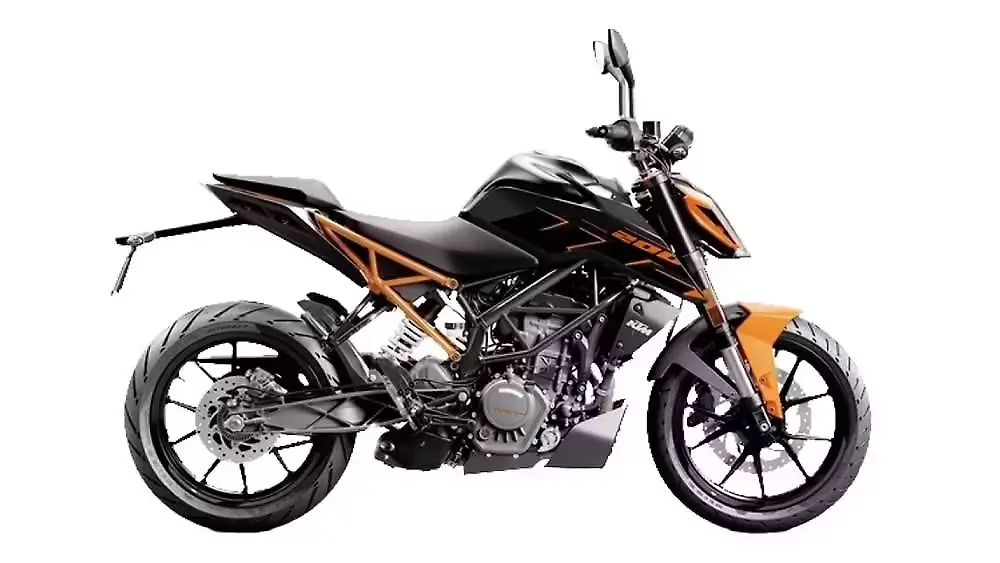
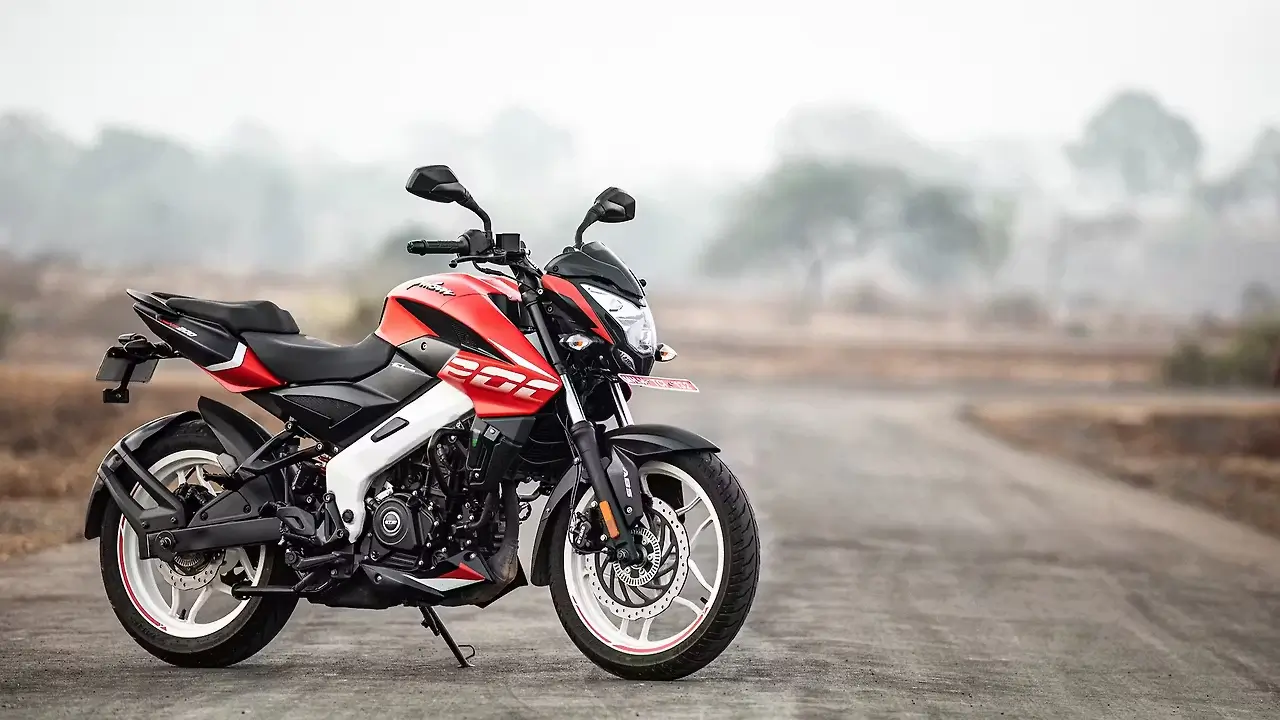

.png)











































